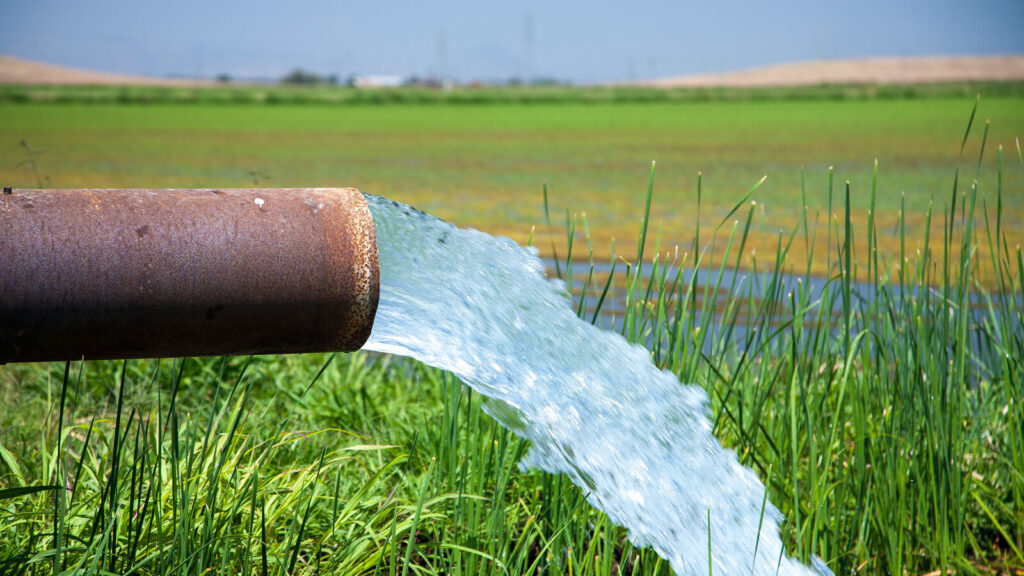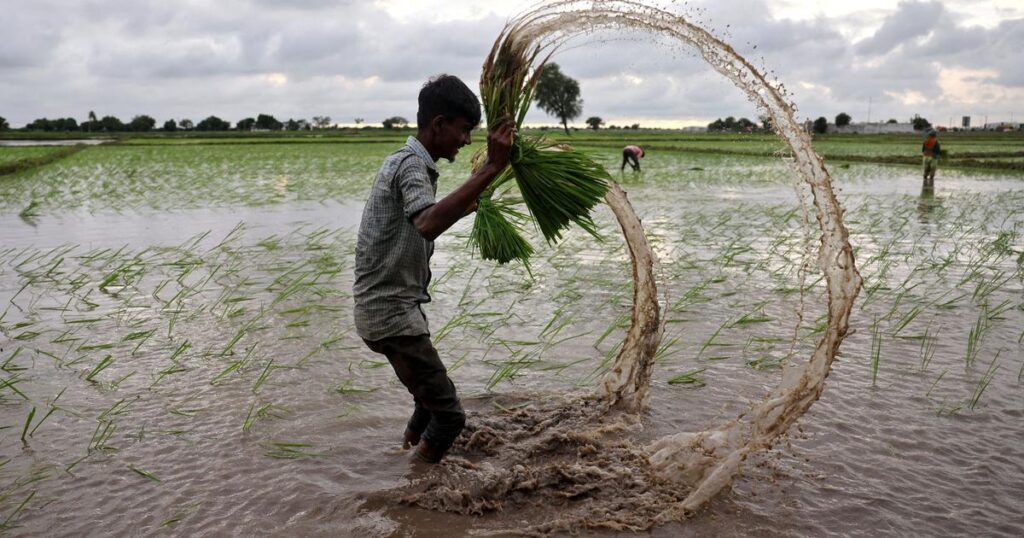
Introduction:
Water is an indispensable resource in agriculture, particularly in a country like India, where farming constitutes a significant part of the economy and employs a vast majority of the rural population. However, the relationship between water quality and agricultural productivity is complex and often underestimated. Understanding the implications of water quality is crucial for Indian farmers looking to optimize their yields while ensuring the sustainability of their farming practices.
Importance of Water Quality:
The quality of water utilized in agricultural practices can dramatically influence soil health, crop yields, and the overall eco-system. Contaminants present in water, such as chemicals, heavy metals, pathogens, and salts, can adversely affect plant growth and soil fertility. High levels of salinity can lead to soil degradation, while the presence of pathogens can result in crop diseases, directly impacting both the quantity and quality of agricultural produce.
Key Parameters of Water Quality:
1. PH Level: The pH of irrigation water plays a pivotal role in nutrient availability. Water that is too acidic (pH below 6) or too basic (pH above 8.5) can hinder nutrient absorption in plants, leading to deficiencies or toxicities that hamper growth.
2. Electrical Conductivity (EC): High EC indicates high levels of dissolved salts in the water. Excessive salt concentration can lead to soil salinization, affecting crop viability and leading to reduced agricultural output.
3. Nutrient Content: Water enriched with nutrients, particularly nitrogen and phosphorus, can be beneficial up to a certain limit. However, excessive nutrient runoff can lead to nutrient imbalance in the soil and pose risks to water bodies through eutrophication.
4. Presence of Pathogens: The presence of harmful bacteria and viruses in agricultural water can pose a direct threat to both crop health and public safety. Contaminated water may lead to food safety issues, especially in the cultivation of fruits and vegetables.
5. Heavy Metals: Water contaminated with heavy metals, such as lead, cadmium, or arsenic, poses severe health risks. Accumulation of these metals in the food supply can jeopardize the health of consumers and reduce marketability.

Consequences of Poor Water Quality:
The repercussions of using poor-quality water for irrigation extend beyond mere crop yield. Farmers may face significant economic losses due to decreased productivity and increased costs associated with water treatment or soil amendment. Additionally, the long-term sustainability of their land can be compromised, affecting future generations of farmers.
Health risks associated with contaminated produce can also lead to a decline in consumer trust, ultimately impacting market dynamics. As consumers become more health-conscious, the demand for safe, high-quality food increases, compelling farmers to reconsider their water management strategies.
Best Practices for Indian Farmers:
To mitigate the adverse effects of poor water quality, Indian farmers are encouraged to adopt a few best practices:
1. Regular Water Testing: Farmers should periodically test their water sources for pH, EC, nutrient levels, and contaminants. Testing can provide critical information that guides irrigation practices and amendments necessary for maintaining soil health.
2. Water Treatment: Where feasible, implementing water treatment solutions, such as filtration or sedimentation, can improve water quality before it reaches crops.
3. Use of Rainwater Harvesting: Employing rainwater harvesting techniques can provide an alternative source of high-quality water, reducing reliance on potentially contaminated water sources.
4. Soil Amendments: Incorporating organic matter and other soil amendments can improve soil structure and health, making it more resilient to the negative effects of irrigation with poor-quality water.
5. Crop Selection: Choosing crops that are tolerant to specific water quality issues can optimize yields based on the local water characteristics.
Conclusion:
Water quality is a critical yet often overlooked factor in agricultural productivity. By recognizing its significance and adopting informed management practices, Indian farmers can protect their livelihoods, enhance their yields, and contribute to the sustainability of the agricultural sector. As the country continues to grapple with water scarcity and quality issues, the proactive measures taken by farmers will determine the future of agriculture in India. Through education, continuous monitoring, and the application of best practices, farmers can navigate the challenges posed by water quality, ensuring both their success and the health of the environment.


